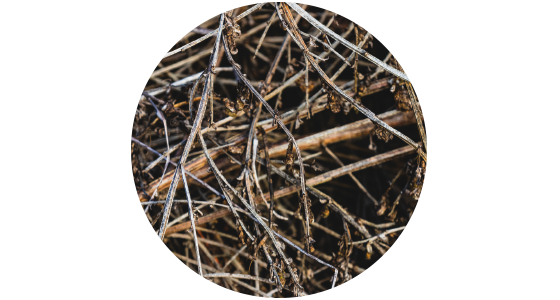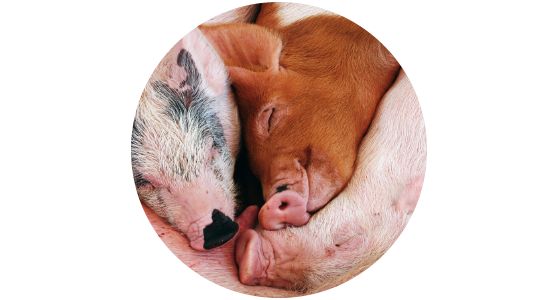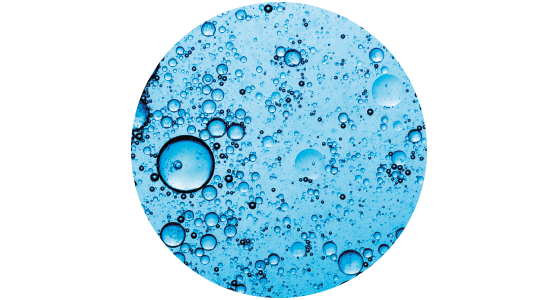Bad breath is a problem that’s been around for centuries. The cause remains the same: sulfur-producing bacteria that feed on food stuck in the mouth.
Wellness
History of oral health: Did our ancestors care about bad breath?
Ancient times
To tackle the problem, those in the medieval Arab empire chewed on twigs. Ancient Egyptians made mints and toothpaste with frankincense, myrrh and natron (also used for embalming mummies).
1800s
Tins of breath fresheners called “cachous” (kuh-shoo) – made from ingredients such as musk, violet essence, rose essence, licorice and cinnamon oil – became popular in Europe and the U.S.
Banish bad breath by maintaining a good oral health routine. If the problem persists, chat with your dentist. It may be a sign of gum disease, dry mouth, diabetes, sinus and digestive problems, or liver and kidney disease.













